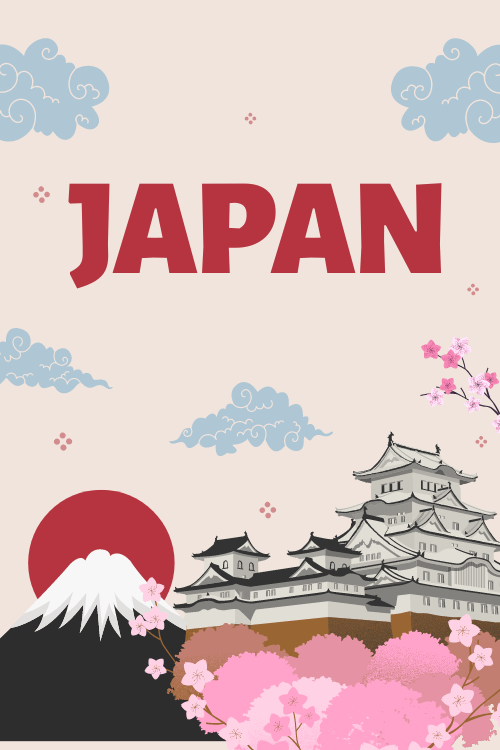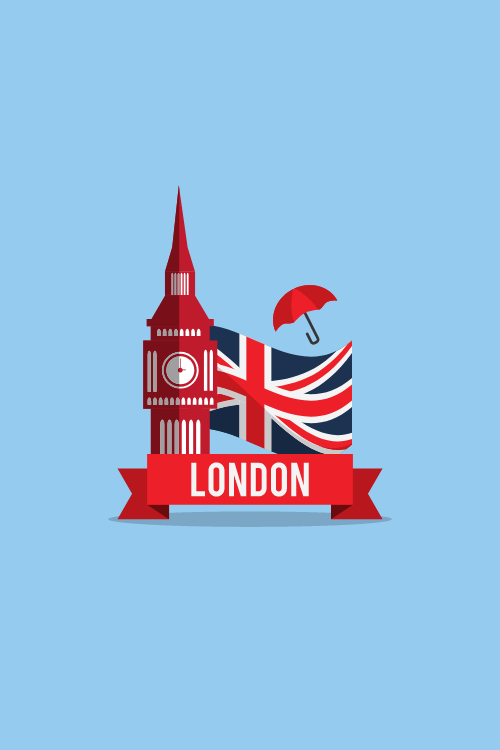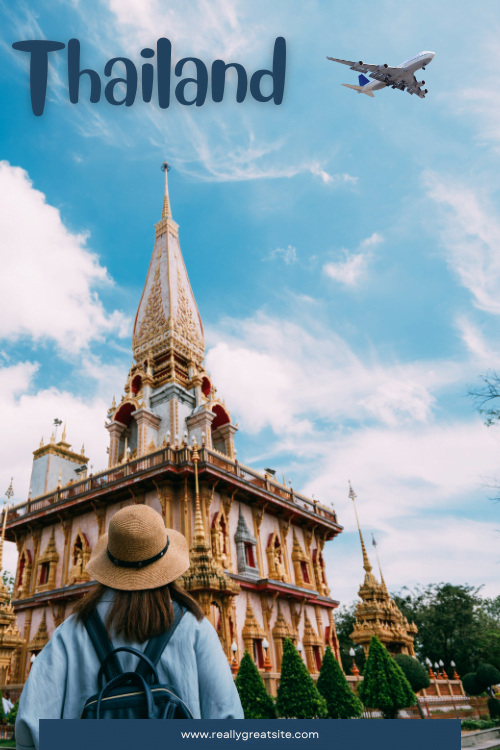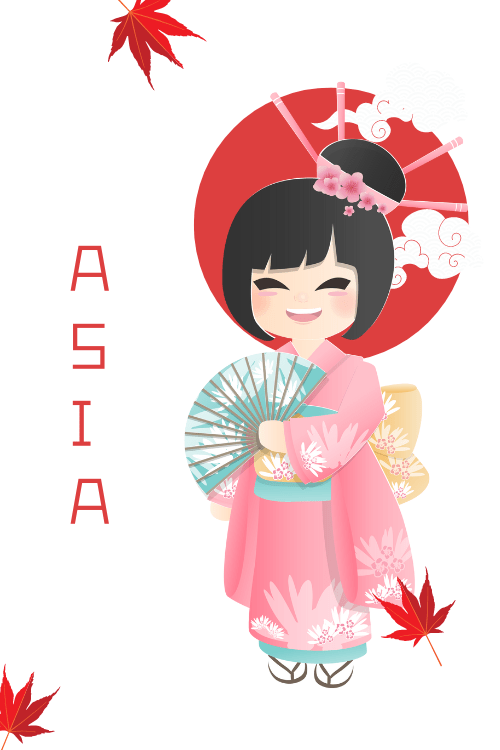Travel
Best Time To Visit Banff
Nestled in the heart of the Canadian Rockies, Banff National Park is a year-round wonderland that offers breathtaking mountain scenery, pristine wilderness, and endless outdoor adventures. From snow-capped peaks and glacial lakes to abundant wildlife and thermal hot springs, timing your visit to Banff can make all the difference in experiencing this magnificent destination to its fullest.
Whether you’re an avid hiker seeking summer trails, a photographer chasing the perfect shot, or a winter sports enthusiast drawn to world-class slopes, Banff offers something special in every season. This comprehensive guide will help you plan the perfect time for your visit based on your interests and preferences.
Understanding Banff’s Seasons
Banff experiences distinct seasonal changes, with its climate heavily influenced by its mountainous location and high elevation. The park sits at an elevation ranging from 1,400 to 3,450 meters (4,600 to 11,320 feet) above sea level, which significantly impacts weather conditions throughout the year.
The climate in Banff is characterized by mild, pleasant summers that are perfect for outdoor activities. Winters are long and cold, bringing reliable snowfall that transforms the park into a winter sports paradise. Spring brings dramatic temperature fluctuations as the landscape awakens from winter, while fall offers stable weather and stunning colors. Due to the mountainous terrain, weather can change rapidly at any time of year, making it essential to be prepared for varying conditions.
Ideal Times for Different Types of Travelers
Find Your Perfect Time to Visit Banff
Take this quick quiz to discover your ideal time to visit based on your preferences!
Your Ideal Time to Visit Banff
Nature Enthusiasts (May, June, September)
These months offer the perfect combination of mild weather and fewer crowds, making them ideal for nature exploration and wildlife viewing. Spring brings carpets of wildflowers to the alpine meadows, while wildlife becomes more active as new life emerges throughout the park. June is particularly spectacular, with wildflower blooms reaching their peak and longer daylight hours providing extended opportunities for exploration.
September offers a different but equally compelling experience. As fall colors begin to paint the landscape, wildlife becomes more active in preparation for winter. The clear skies and comfortable temperatures create perfect conditions for photography, while the reduced crowds mean more peaceful encounters with nature.
Highlights for Nature Lovers
- Wildflower blooms in alpine meadows (June)
- Prime wildlife viewing opportunities
- Comfortable hiking temperatures
- Clear skies for photography
- Less crowded trails and viewpoints
Adventure Seekers (July and August)
Peak summer months provide optimal conditions for outdoor activities, with warm temperatures and extended daylight hours. During this time, all hiking trails are typically snow-free, and mountain lakes have warmed enough for water activities. Adventure enthusiasts can enjoy challenging hikes, technical climbing routes, and mountain biking trails at their best conditions.
White water rafting reaches its peak during these months as glacial melt feeds the rivers. Rock climbing conditions are optimal, with warm, dry rock and long days allowing for extended climbing sessions. Mountain biking trails are fully accessible, offering everything from gentle scenic rides to technical single-track adventures.
Popular Summer Activities
- Hiking and mountaineering
- Mountain biking
- Rock climbing
- Canoeing and kayaking
- White water rafting
Families (Late June to Early September)
The summer vacation period offers the most family-friendly conditions and activities. The weather is stable, and all attractions and services are fully operational. Families can enjoy easy access to scenic viewpoints via the Banff Gondola, explore gentle hiking trails around Lake Louise, or discover the fascinating Cave and Basin National Historic Site.
Lake activities are particularly appealing during this time, with canoe rentals available at several locations. Wildlife viewing opportunities are abundant, and many operators offer family-friendly guided tours. The Banff townsite is at its most vibrant, with street festivals, markets, and outdoor entertainment adding to the family experience.
Family-Friendly Activities
- Gondola rides
- Easy hiking trails
- Lake activities
- Wildlife viewing tours
- Cave and Basin National Historic Site
Winter Sports Lovers (December to March)
Banff transforms into a winter sports paradise with reliable snow conditions and world-class facilities. The area boasts three major ski resorts: Lake Louise, Sunshine Village, and Mt. Norquay, each offering unique terrain and experiences. Beyond downhill skiing and snowboarding, visitors can explore hundreds of kilometers of cross-country skiing trails, try ice climbing on frozen waterfalls, or enjoy peaceful snowshoe excursions through snow-covered forests.
The winter season also brings unique opportunities for ice skating on frozen lakes, including the iconic Lake Louise with its mountain backdrop. Winter wildlife viewing offers different perspectives, with animals like elk and bighorn sheep often moving to lower elevations. The short daylight hours are compensated by the possibility of seeing the Northern Lights and enjoying cozy evenings in front of crackling fires.
Winter Activities
- Skiing and snowboarding
- Cross-country skiing
- Ice climbing
- Snowshoeing
- Ice skating on frozen lakes
Lake Conditions Throughout the Year
The famous lakes of Banff, known for their stunning blue-green hues, have distinct seasonal characteristics. The color comes from glacial silt in the water, which is most vibrant in mid to late summer. Paddling season typically runs from April to October, though higher elevation lakes like Lake Louise and those along the Icefields Parkway don’t thaw until May or June.
October offers a unique transition period where snow begins to fall but the lakes maintain their brilliant blue colors. By late October and into November, the freezing process begins, usually starting with higher elevation lakes. By December, most lakes are frozen, with Lake Louise transforming into one of the world’s most spectacular natural skating rinks.
Lake Season Guide
- Paddling Season: April – October
- Peak Color: Mid to Late Summer
- Freezing Period: Late October – November
- Ice Activities: December – April
Monthly Visitor Statistics
Understanding visitor patterns can help you plan your trip to avoid crowds or experience Banff at its peak. According to Parks Canada, Banff National Park sees varying levels of visitors throughout the year:
| Month | Average Visitors | Peak Activities |
|---|---|---|
| January | ~150,000 | Skiing, Ice Magic Festival, SnowDays |
| February | ~160,000 | Prime skiing conditions, winter sports |
| March | ~200,000 | Spring skiing, longer daylight hours |
| April | ~180,000 | Late skiing, early hiking season |
| May | ~300,000 | Spring hiking, wildlife viewing |
| June | ~400,000 | Lake activities, hiking season begins |
| July | ~600,000 | Peak summer activities, Canada Day celebrations |
| August | ~650,000 | All summer activities, perfect weather |
| September | ~450,000 | Fall colors, hiking, wildlife viewing |
| October | ~300,000 | Fall foliage, early snow activities |
| November | ~200,000 | Early ski season, quieter period |
| December | ~170,000 | Holiday festivities, winter activities |
Photography Opportunities
Banff offers year-round photography opportunities, each season presenting unique subjects and conditions. Summer provides long daylight hours and vibrant landscapes, while winter offers snow-covered scenes and potential Northern Lights viewing. Fall brings spectacular golden larches and autumn colors, particularly in September and October.
Best Photography Seasons
- Summer: Lake reflections, wildflowers (July-August)
- Fall: Golden larches, autumn colors (September-October)
- Winter: Snow scenes, ice formations, Northern Lights
- Spring: Wildlife, waterfalls, emerging wildflowers
Accessibility Tips
Banff offers various accessible experiences throughout the year. Some of the shorter trails, such as those at Lake Minnewanka, are wheelchair accessible with paved or crushed gravel pathways. The Banff Gondola provides accessible viewing of mountain vistas, and many of the town’s attractions are designed to accommodate visitors of all mobility levels.
Accessible Activities
- Banff Gondola – Year-round mountain views
- Lake Minnewanka – Accessible lakeside paths
- Downtown Banff – Wheelchair-friendly streets and shops
- Cave and Basin Historic Site – Accessible pathways
Monthly Breakdown
| Month | Average Temperature | Conditions | Best For |
|---|---|---|---|
| January | -5°C to -15°C (23°F to 5°F) | Snowy, cold | Skiing, winter sports |
| February | -3°C to -13°C (27°F to 9°F) | Snowy, cold | Ice climbing, skiing |
| March | 0°C to -10°C (32°F to 14°F) | Variable, spring skiing | Spring skiing, winter activities |
| April | 5°C to -5°C (41°F to 23°F) | Transitional, variable | Late skiing, early hiking |
| May | 10°C to 0°C (50°F to 32°F) | Spring conditions | Wildlife viewing, hiking |
| June | 15°C to 5°C (59°F to 41°F) | Mild, some rain | Hiking, sightseeing |
| July | 20°C to 7°C (68°F to 45°F) | Warm, busy | All outdoor activities |
| August | 20°C to 7°C (68°F to 45°F) | Warm, busy | Lake activities, hiking |
| September | 15°C to 2°C (59°F to 36°F) | Cool, fall colors | Photography, hiking |
| October | 10°C to -3°C (50°F to 27°F) | Variable, first snow | Fall photography, quiet trails |
| November | 0°C to -10°C (32°F to 14°F) | Early winter | Early skiing, quiet season |
| December | -5°C to -15°C (23°F to 5°F) | Winter conditions | Winter sports, holidays |
Considerations for Visiting
Crowds and Pricing
Peak season (July-August) brings the highest accommodation rates and requires advance booking for most services. Popular attractions and trails can be crowded, but all services and amenities are fully operational. The shoulder seasons (May-June, September-October) offer a sweet spot of moderate rates and fewer crowds, though weather can be more variable. Most services remain available during these times.
The off-season (November-April) generally offers lower accommodation rates and quieter conditions, except during holiday periods and peak winter sports season (December-March). Some services may be reduced during this time, but winter activities and attractions are in full swing.
Key Considerations:
- Peak Season (July-August): Highest accommodation rates, advance booking essential, busy attractions and trails, full services and amenities
- Shoulder Season (May-June, September-October): Moderate rates, fewer crowds, variable weather, most services available
- Off-Season (November-April): Lower accommodation rates, quiet except holidays, winter sports peak in December-March, some services reduced
Weather Preparedness
Mountain weather demands careful preparation regardless of season. Layered clothing is essential year-round, as temperatures can vary significantly throughout the day. Waterproof outer layers are recommended in all seasons, as mountain weather can change quickly. Sun protection is crucial year-round, as altitude increases UV exposure. Sturdy footwear suitable for varied terrain is essential, and specialized winter gear is necessary during the cold months.
Special Events and Festivals
Banff’s cultural calendar is rich with events throughout the year. The Banff Winter Arts Festival (January-March) brings cultural performances and exhibitions to the winter season. January features the spectacular Ice Magic Festival, where international ice carvers create masterpieces against the backdrop of Lake Louise. The Banff Marathon in June offers one of the most scenic running experiences in the world. Fall brings the renowned Banff Centre Mountain Film and Book Festival, celebrating mountain culture and adventure. The year concludes with magical Christmas at the Castle celebrations, transforming the Fairmont Banff Springs into a winter wonderland.
Annual Events
- Banff Winter Arts Festival (January-March)
- Ice Magic Festival (January)
- Banff Marathon (June)
- Banff Centre Mountain Film and Book Festival (October-November)
- Christmas at the Castle (December)
The Verdict: When Should You Visit?
Your ideal timing depends largely on your priorities:
For scenery and photography enthusiasts, September and October offer spectacular fall colors, while June brings vibrant wildflowers and dramatic mountain vistas. Hiking and outdoor activity lovers will find July and August offer optimal conditions, though September provides a excellent balance of good weather and smaller crowds.
Winter sports enthusiasts should plan their visit between December and March for the best snow conditions and full operation of all winter facilities. Wildlife viewers will find the shoulder seasons most rewarding, with May-June and September-October offering excellent viewing opportunities as animals are more active.
Budget-conscious travelers should consider visiting in November or April, when accommodation rates are lower but seasonal activities are still available. Those seeking to avoid crowds while still enjoying good weather should target mid-September to November or April to mid-June.
Ultimately, Banff National Park is a destination that rewards visitors in every season, each offering its own unique perspective on this majestic mountain paradise. Whether you’re drawn to summer’s vibrant activities, winter’s snowy adventures, spring’s awakening wildlife, or fall’s golden larches, there’s no wrong time to visit Banff. The key is to align your visit with your preferred activities and to come prepared for mountain weather. With proper planning and timing, your Banff experience will be truly unforgettable.
Stay Connected in Banff
Need Mobile Data While Exploring Banff?
Stay connected throughout your Banff adventure with an eSIM – the smart way to have mobile data in Canada.
- Instant activation – no physical SIM card needed
- Keep your home number active while using local data
- Coverage throughout Banff National Park
- Competitive rates compared to roaming charges
- Multiple data plans to suit your needs
- Easy setup before you arrive
- Works across Canada if you’re exploring beyond Banff
Banff National Park is a destination that rewards visitors in every season, each offering its own unique perspective on this majestic mountain paradise. Whether you’re drawn to summer’s vibrant activities, winter’s snowy adventures, spring’s awakening wildlife, or fall’s golden larches, there’s no wrong time to visit Banff. The key is to align your visit with your preferred activities and to come prepared for mountain weather. With proper planning and timing, your Banff experience will be truly unforgettable.
Related articles







